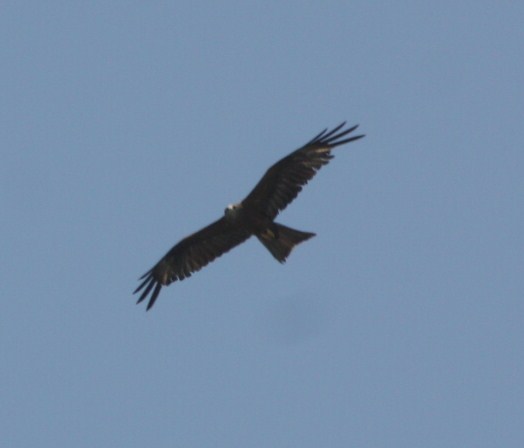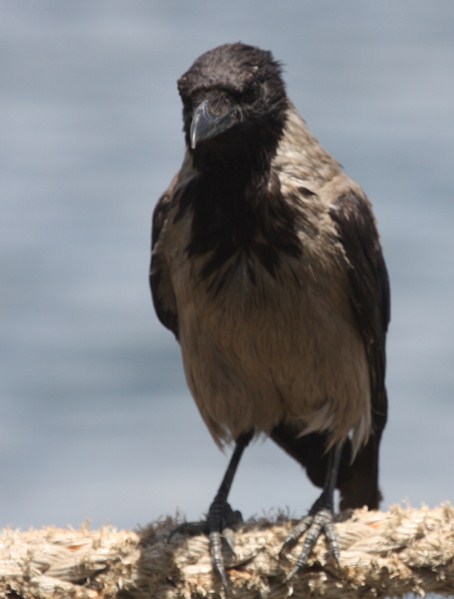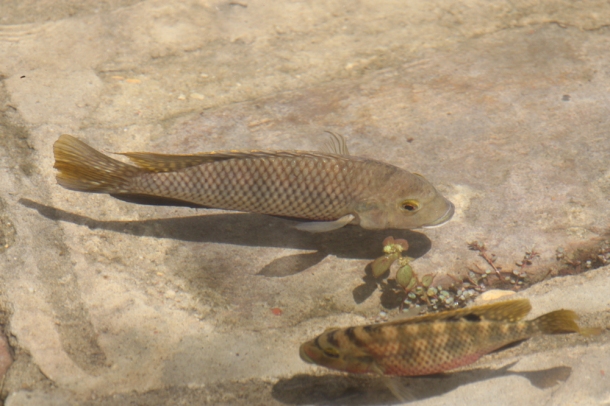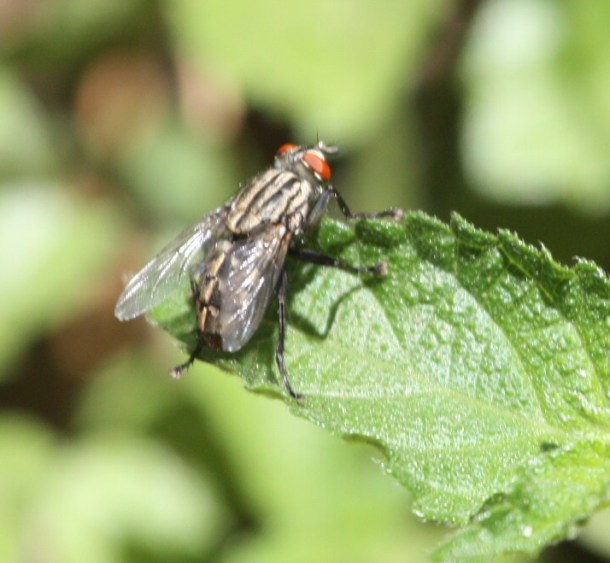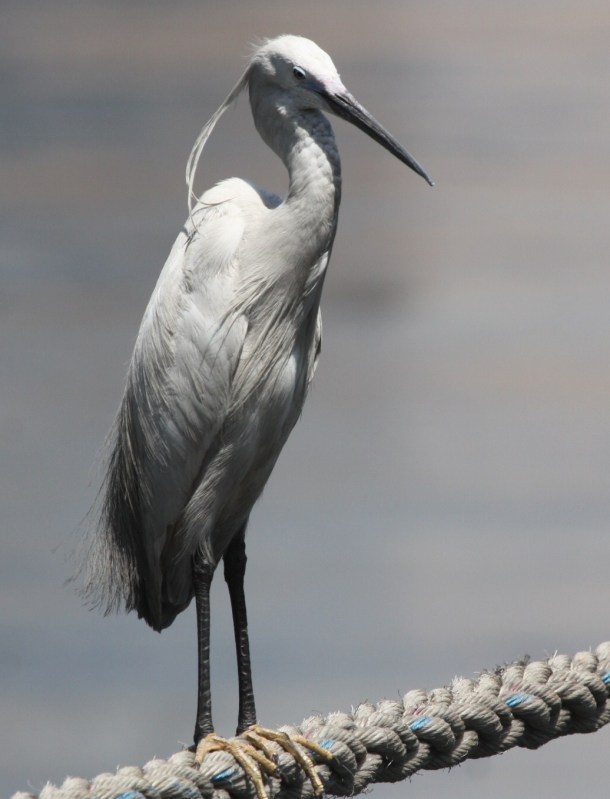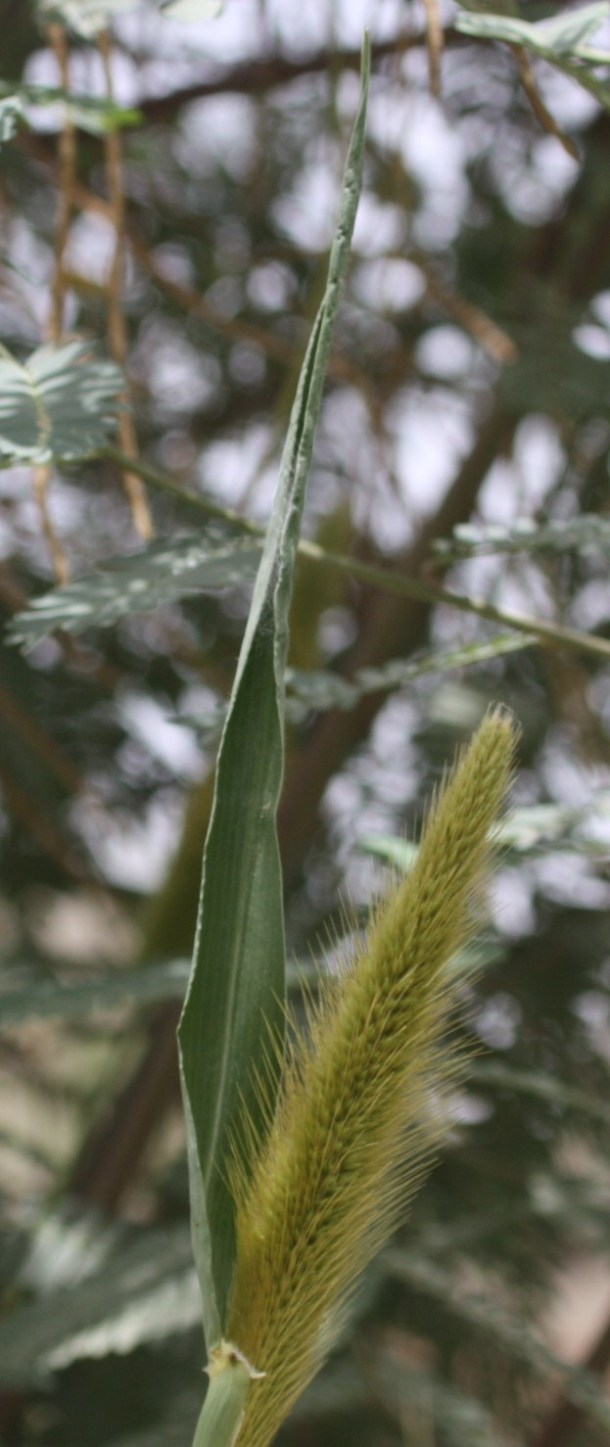
- a foal in training,

-

- more on the Luxor lunatic fringe on the nilecruise.wordpress.com/2011/05/29/egypt-health-and-safety/

fishing on the NILE IN LUXOR
AN OILY SCENE ON THE NILE IN LUXOR
Hooded crow(corvus corvone cornix),
SCENE OF TOMORROWS WALK ON THE WEST BANK OF THE NILE SHALL BE SETTING OFF AT 5.00 NEAR THE BLUE PUMPING STATION IN THE MARKED AREA IS A MOUND OF EARTH, LAST YEAR THE LITTLE GREEN BEE-EATER MADE A NEST, THE AREA BEHIND IS THE WETLANDS WHERE MOST OF FEBRUARY PHOTOS OF THE IBIS WERE TAKEN,
GO TO THIS BLOG TO SEE THE AREA ON LOW NILE.http://nilelife5.blogspot.com/2010/12/boats-and-garbage.html
In 2010 the insect Megamelus scutellaris was released by the Agricultural Research Service as a biological control for the invasive species Eichhornia crassipes, more commonly known as waterhyacinth.
Botanists and gardeners carry plants with them in their travels, and experts suspect that this is how the water hyacinth came to East Africa in the 1980s. Its flowers are beautiful; it was probably brought over as an ornamental for garden ponds (United Nations News, 2000[1]). The consensus is that Water Hyacinth entered Lake Victoria from Rwanda via the river Kagera (Ambrose 1997[2]). The exact time and place of introduction has been debated, but the plant is native to South America, and therefore reached Lake Victoria due to human activity. It has spread prolifically, due to lack of natural enemies, an abundance of space, agreeable temperature conditions, and abundant nutrients (Opande et al., 2004[3]). It increased rapidly between 1992–1998, was greatly reduced by 2001, and has since resurged to a lesser degree. Management techniques include (hyacinth-eating) insect controls and manual beach cleanup efforts (Kateregga/Sterner 2007[4]). A water hyacinth infestation is seldom totally eradicated. Instead, it is a situation that must be continually managed (LVEMP, 2004[5] ) (United Nations News, 2000[1])).
Water Hyacinth affects the Lake Victorian population in many negative ways. There are economic impacts when the weed blocks boat access. The effects on transportation and fishing are immediately felt. Where the weed is prolific, there is a general increase in several diseases, as the weed creates excellent breeding areas for mosquitoes and other insects. There are increased incidents of skin rash, cough, malaria, encephalitis, bilharzias, gastro intestinal disorders, and schistosomiasis. Water hyacinth also interferes with water treatment, irrigation, and water supply (Opande et al., 2004[3])). It can smother aquatic life by deoxygenating the water, and it reduces nutrients for young fish in sheltered bays. It has blocked supply intakes for the hydroelectric plant, interrupting electrical power for entire cities. The weed also interrupts local subsistence fishing, blocking access to the beaches (LVEMP, 2004[5]).







